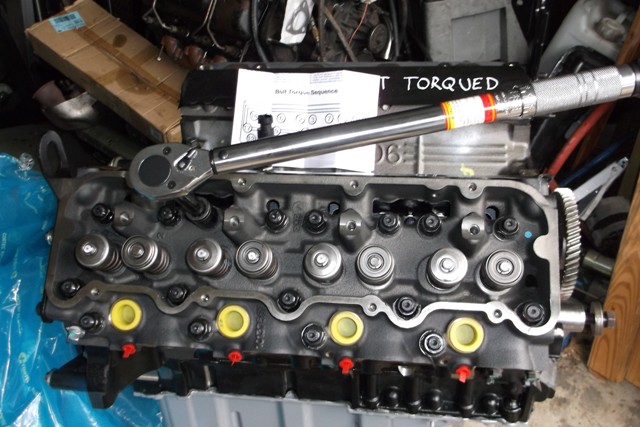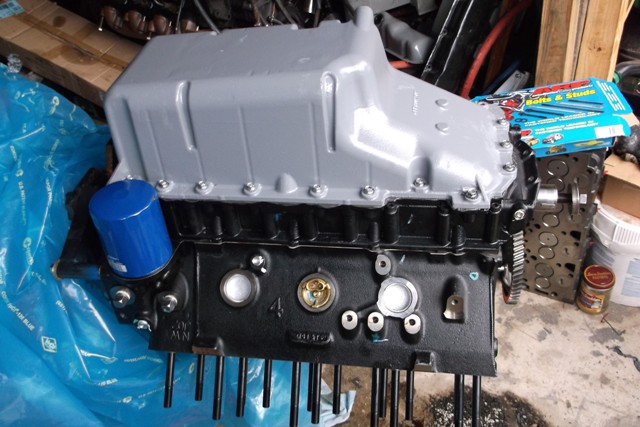Will L.
Well-Known Member
I keep thinking about the oring, and only thing that bugs me is if someone were to grab just any oring.
Only Teflon Orings or perfluoroelastomer oring is what should be used imo. Even at that the perfuorelastomer is only good to -10* so way cold weather is out.
Buna,Neoprene, EDPM is only good to 250*; Urethane is only good to 200*; Viton is no good for hot water or steam; Fluorosilicone allows permiation (leaking of liquid product) and; Silicone wear is poor under compaction and cant handle keytones (acetone,propane,etc).
Sparkplugs, glowplugs, injectors, etc. all use metal sealing washers when needed. I don't want to sound negative nelly here, but that is kinda where I make big differences at work is catching the long term failure issues usually before the testing is even started.
Please guys, double check what kind of oring material you used, and remember the heat applied to it there. If your oring breaks down due to the heat,steam,or chemicals in the oil detergents that .020 of oring taking up the gap under the nut will allow for some play. Think about oring failure you've seen in the past- what did they look like...
Only Teflon Orings or perfluoroelastomer oring is what should be used imo. Even at that the perfuorelastomer is only good to -10* so way cold weather is out.
Buna,Neoprene, EDPM is only good to 250*; Urethane is only good to 200*; Viton is no good for hot water or steam; Fluorosilicone allows permiation (leaking of liquid product) and; Silicone wear is poor under compaction and cant handle keytones (acetone,propane,etc).
Sparkplugs, glowplugs, injectors, etc. all use metal sealing washers when needed. I don't want to sound negative nelly here, but that is kinda where I make big differences at work is catching the long term failure issues usually before the testing is even started.
Please guys, double check what kind of oring material you used, and remember the heat applied to it there. If your oring breaks down due to the heat,steam,or chemicals in the oil detergents that .020 of oring taking up the gap under the nut will allow for some play. Think about oring failure you've seen in the past- what did they look like...


